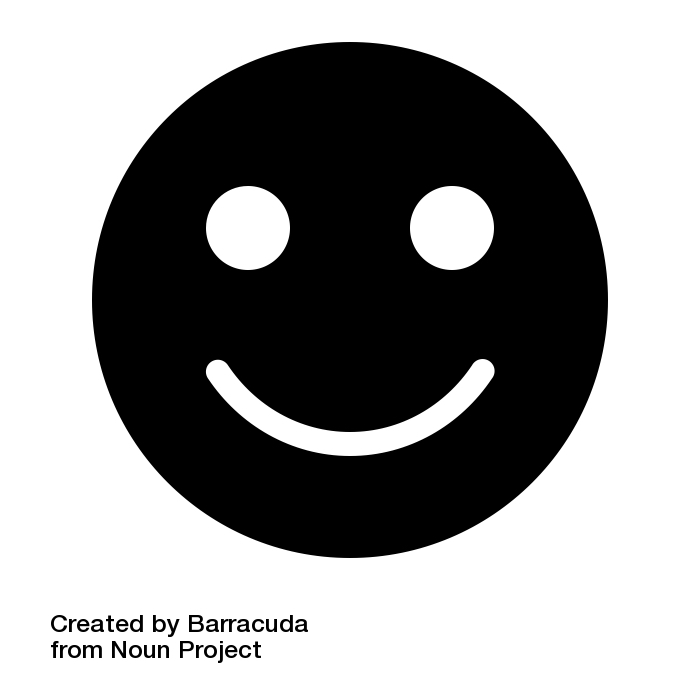Did you know the world’s first emoticon was made in the Steel City back in 1982 at our very own Carnegie Mellon University?
Back then, when the internet was in its infancy, a group of professors were trying to figure out how to make it clear when online discussions were meant to be funny. Professor Scott Fahlman made a suggestion that would one day lead to the library of emojis we have today:
“I propose that the following character sequence for joke markers:
:–)
Read it sideways.”
The rest is history, as they say.
“By stringing together a colon, hyphen and parenthesis,” CMU reportedly noted in its acknowledgment of the emoticon’s 25th anniversary, “Fahlman gave computer users a tool to express emotion in their email messages. For the first time, people were able to communicate humor or positive feelings with a smile, or express negative feelings with a frown :–(. The little characters helped to dispel misunderstandings and sThis first appeared in our Technical.ly Pittsburgh newsletter. Sign up for our free newsletter to get more stories like this in your inbox before they go online.”quelch what otherwise could result in ‘flame wars,’ in which the original subject of a conversation was completely lost in diatribe.”
Here’s the full exchange that led to the now-ubiquitous smiley face.
P.S. Each Tuesday, Technical.ly is publishing an innovation history lesson like this in our newsletter. Subscribe here to receive Tech Throwback Tuesday notes right to your inbox.
Atiya Irvin-Mitchell is a 2022-2024 corps member for Report for America, an initiative of The Groundtruth Project that pairs young journalists with local newsrooms. This position is supported by the Heinz Endowments.Before you go...
Please consider supporting Technical.ly to keep our independent journalism strong. Unlike most business-focused media outlets, we don’t have a paywall. Instead, we count on your personal and organizational support.
3 ways to support our work:- Contribute to the Journalism Fund. Charitable giving ensures our information remains free and accessible for residents to discover workforce programs and entrepreneurship pathways. This includes philanthropic grants and individual tax-deductible donations from readers like you.
- Use our Preferred Partners. Our directory of vetted providers offers high-quality recommendations for services our readers need, and each referral supports our journalism.
- Use our services. If you need entrepreneurs and tech leaders to buy your services, are seeking technologists to hire or want more professionals to know about your ecosystem, Technical.ly has the biggest and most engaged audience in the mid-Atlantic. We help companies tell their stories and answer big questions to meet and serve our community.
Join our growing Slack community
Join 5,000 tech professionals and entrepreneurs in our community Slack today!

The person charged in the UnitedHealthcare CEO shooting had a ton of tech connections

From rejection to innovation: How I built a tool to beat AI hiring algorithms at their own game

Where are the country’s most vibrant tech and startup communities?




